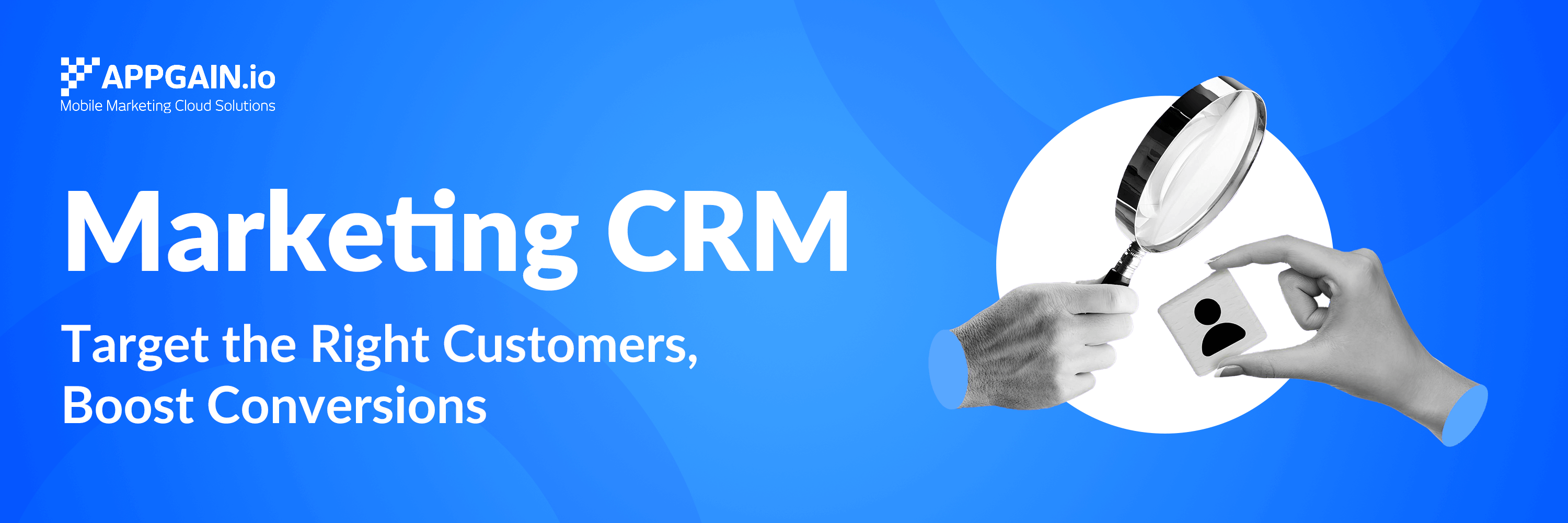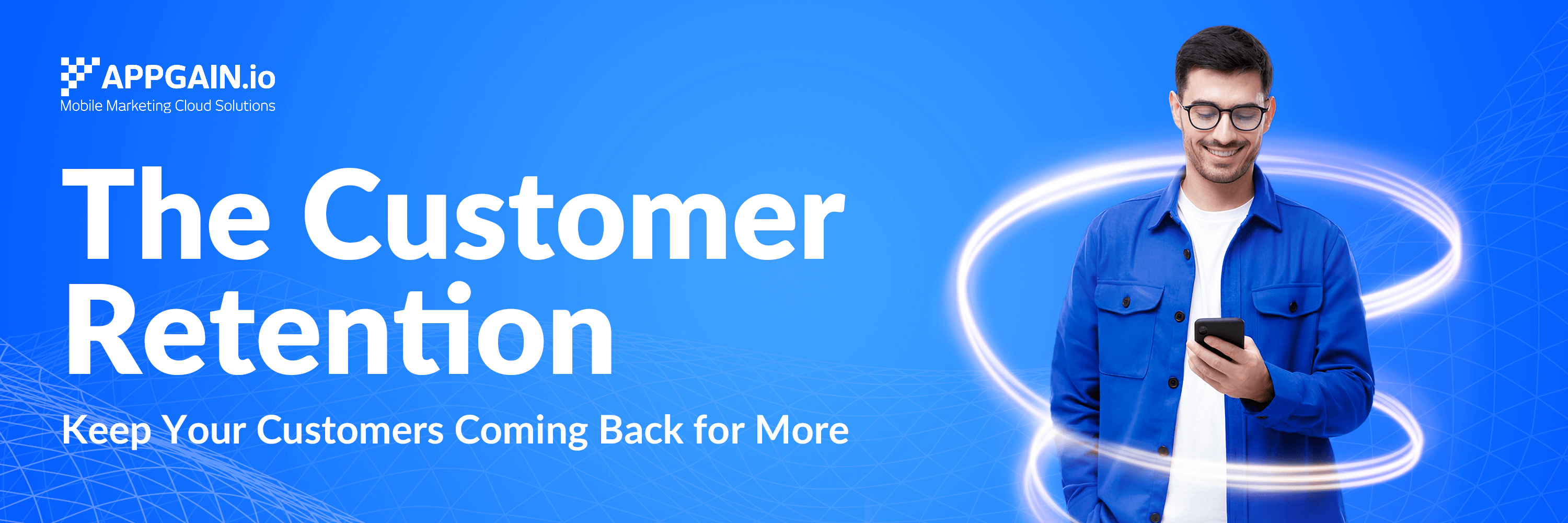Push notifications
Why sending the opt-in message is critical
Sending the opt-in message is critical because it ensures that users have given their explicit permission to receive push notifications. It establishes a level of trust and respect for the user's preferences and privacy. By obtaining opt-in consent, businesses can avoid potential legal and ethical issues related to unsolicited messages and maintain a positive user experience.
Sending the opt-in message also helps set clear expectations with users regarding the types of notifications they will receive and the value they can expect from them. It allows users to make an informed decision about whether they want to engage with the app or website and receive relevant updates.
Furthermore, the opt-in process helps businesses target their notifications more effectively. By confirming the user's interest and preferences upfront, businesses can tailor their messages to align with the user's specific needs and interests, resulting in higher engagement and customer satisfaction.
Overall, sending the opt-in message is critical as it respects user consent, establishes trust, enhances personalization, and contributes to a positive user experience.
Push notifications vs. SMS messages
Push notifications and SMS messages are both forms of communication used to reach users on their mobile devices, but they differ in several ways:
1. Delivery and Interaction: Push notifications are delivered through mobile apps or websites and appear as pop-up notifications or banners on the user's screen. They require an internet connection and are interactive, allowing users to take specific actions directly from the notification. SMS messages, on the other hand, are delivered via cellular networks and appear as text messages in the user's messaging inbox. They do not require an internet connection and are typically not interactive.
2. Opt-in Requirement: Push notifications require users to opt-in and grant permission to receive them. Users can enable or disable push notifications for specific apps or websites in their device settings. On the contrary, SMS messages do not require explicit opt-in as they are delivered directly to the user's phone number. However, users can opt-out from receiving SMS messages by following the provided instructions or contacting the sender.
3. Reach and Audience: Push notifications are limited to users who have installed a specific app or subscribed to a website. They allow businesses to target a specific audience that has shown interest in their app or website. SMS messages, on the other hand, can reach a broader audience as they are sent directly to phone numbers. However, businesses need to ensure they have obtained the necessary consent or have an existing relationship with the recipients to comply with regulations.
4. Message Length and Format: Push notifications are concise and limited in characters, typically containing a title, short message, and a call-to-action. SMS messages also have character limitations, but they can accommodate longer messages. Additionally, SMS messages can include multimedia attachments like images or videos, while push notifications are generally text-based with limited media support.
5. Cost: Push notifications are typically free for businesses to send, as they rely on the infrastructure provided by the app or website. SMS messages, on the other hand, may incur costs depending on the service provider and the volume of messages sent.
Push notifications vs. In-App notifications
In-app notifications and push notifications are both methods used to communicate with users within mobile apps, but they differ in their delivery and interaction:
1. Delivery: In-app notifications are delivered directly within the app interface while the user is actively using the app. They appear as banners, pop-ups, or alerts within the app itself. In contrast, push notifications are delivered outside of the app, even when the user is not actively using it. They appear as pop-up notifications or banners on the user's device home screen or notification centre.
2. Timing: In-app notifications are triggered and displayed in real time while the user is using the app. They are often used to provide contextual information or updates related to the user's current session or activity within the app. Push notifications, on the other hand, can be sent at any time, even when the user is not actively using the app. They are used to engage users, provide updates, or drive them back to the app.
3. Interaction: In-app notifications allow for immediate interaction within the app itself. Users can take action or dismiss the notification within the app interface. They are typically more interactive and can provide options for users to respond or navigate to specific sections within the app. Push notifications, on the other hand, are limited in terms of interaction. Users can often perform basic actions like dismissing or opening the app directly from the notification, but the interaction is usually more limited compared to in-app notifications.
4. Opt-in Requirement: In-app notifications do not typically require explicit opt-in from the user, as they are delivered within the app itself. However, users may have the option to customize or manage in-app notification settings within the app. Push notifications, on the other hand, require users to opt in and grant permission to receive them. Users can enable or disable push notifications for specific apps in their device settings.
Both in-app notifications and push notifications serve different purposes and can be used in combination to provide a comprehensive communication strategy within a mobile app. In-app notifications are effective for real-time updates and engagement within the app interface, while push notifications allow for reaching users outside of the app and driving them back to the app with relevant messages.
A common example of a push notification is sending an app update, whereas an example of an in-app notification is providing users with recommendations to use a specific feature.


